Understanding Boot Kits in Automotive Applications
Boot kits are essential components in the automotive industry, designed to protect drive shafts and constant velocity (CV) joints from debris, moisture, and other harmful elements. These kits typically include a rubber or plastic boot, clamps, and grease to ensure a secure fit and proper lubrication. The durability and flexibility of boot kits are crucial as they must withstand a range of temperatures and rotational movements.
Types of Boot Kits
Diverse in their applications, boot kits come in various forms to suit different vehicle models and drive shaft types. Whether for CV joints or differentials, each kit is tailored to provide a snug fit and reliable performance. Specialized kits are available for heavy-duty trucks, passenger vehicles, and performance cars, each designed to meet the specific demands of the vehicle's drive system.
Materials and Advantages
The materials used in boot kits, such as high-grade rubber or thermoplastic, are selected for their resilience and capacity to endure stress without cracking. The advantages of using a well-constructed boot kit include prolonged joint life, reduced maintenance costs, and consistent vehicle performance. By safeguarding components like axle shafts and U-joints, these kits play a pivotal role in the overall health of a vehicle's transmission system.
Applications and Features
Boot kits are not one-size-fits-all; they are designed with specific applications in mind. For instance, a 4x4 boot kit is engineered to cope with the rigorous demands of off-road driving, while a boot kit for a sedan focuses on smooth operation at high speeds. Features such as heat resistance and flexibility are integral to the performance of boot kits, ensuring that they maintain integrity in a variety of driving conditions.
Selection and Customization
Selecting the right boot kit requires attention to detail regarding size, type, and the load characteristics of the vehicle. Customization options are available, allowing for the creation of boot kits that match the exact specifications of a vehicle's drive system. This customization is particularly important for performance vehicles, where precision and fitment are key to optimal operation.
Environmental and Operational Benefits
Advancements in boot kit technology have led to the development of eco-friendly materials that offer superior performance while reducing environmental impact. The use of durable materials extends the life of the boot kit, leading to less frequent replacements and a lower carbon footprint. In operational terms, a well-fitted boot kit ensures smoother power transmission and enhanced vehicle stability.








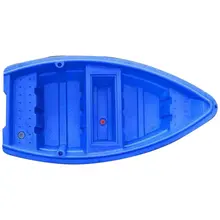
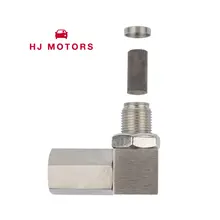
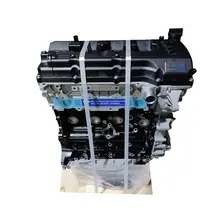
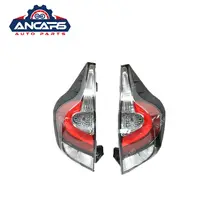
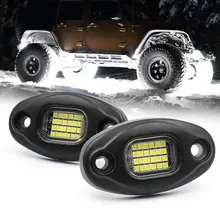

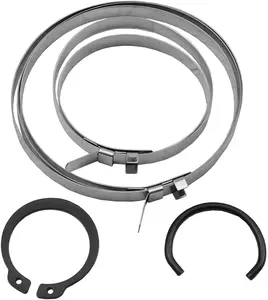




























 浙公网安备 33010002000092号
浙公网安备 33010002000092号 浙B2-20120091-4
浙B2-20120091-4